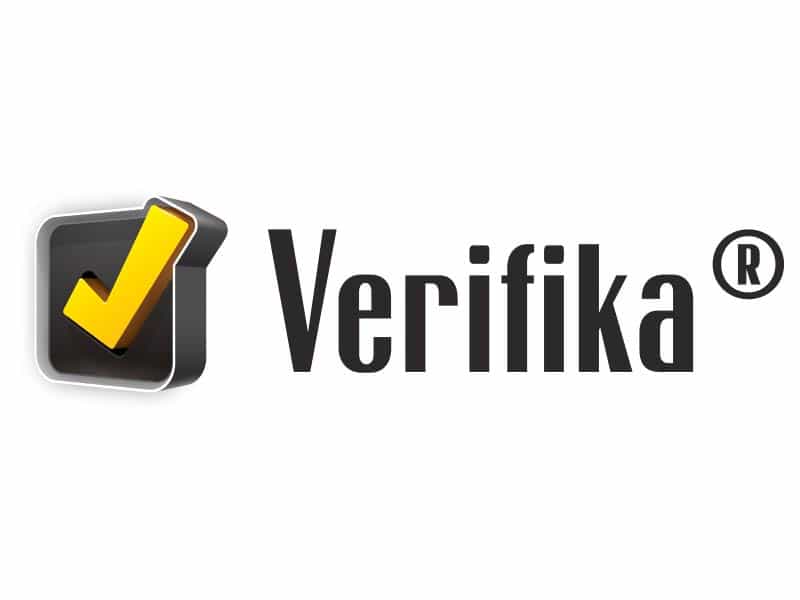Translation services market is extremely competitive today, with each vendor facing basically the same problems:
1) keeping their rates attractive to the end customers,
2) maintaining high quality of the linguistic services,
3) maximizing efficiency of the overall business workflow, allowing to meet the criteria 1) and 2).
HQ Interlingo Solutions company has implemented a highly customized version of the leading commercial CRM system to provide its staff with total and real-time control over company performance and progress of translation projects. The integrated system allows users to access all standard administrative functions (accounting, planning, HR, controlling), as well as translation management components. This internal competitive advantage was implemented in 2022 and has proven to be an invaluable resource. Automating our business operations through the aforementioned CRM system has significantly shortened our project lead times and led to a noticeable increase in overall productivity and customer satisfaction.
Computer-aided translation software, or CAT tools, are PC applications designed to automate routine operations in the translation workflow. CAT applications streamline repetitive tasks, reducing the need for re-translation and re-typing of identical or similar segments. This saves translators’ time and effort, ultimately reducing costs for the end customer. Consequently, this results in a reduction of total costs for the end customer. All translations in a specific language pair for a given client or trade can be stored in a bilingual file, known as a translation memory (TM). As each subsequent translation order is processed, the TM expands, increasing the likelihood of matches within the texts that are next to be translated. We are pleased to announce that translation costs are being reduced once again. Furthermore, translation memory and CAT tools are the most effective means of ensuring consistent translations across large-scale translation projects.
Here at HQ Interlingo, we use a number of widely-spread commercial CAT tools, and to name several, — SDL Trados Studio, Phrase, MemoQ.
Another crucial aspect to address is the quantitative evaluation of translation quality, ensuring the content is error-free. To resolve this, a quality assurance (QA) methodology has been created and commercial programs have been added to the ordering process. This software runs through the translation process and compares the details of the source and target files in a formal manner. This process ensures that each minor element of the translation is analysed and any errors (such as punctuation, number of words, omitted sections, etc.) are identified. The errors are then classified according to their severity and type, and a translation quality score is calculated. Furthermore, the QA expert or editor reviews the list of potential errors and determines whether to approve the suggested modifications or to skip them and move on to the next item on the list.
This quality process is performed in addition to the human editing, proofreading, and other human checks that are in place per standard project requirements. The automated quality control tools available at HQ Interlingo agency are Verifika and ApSIC Xbench.







